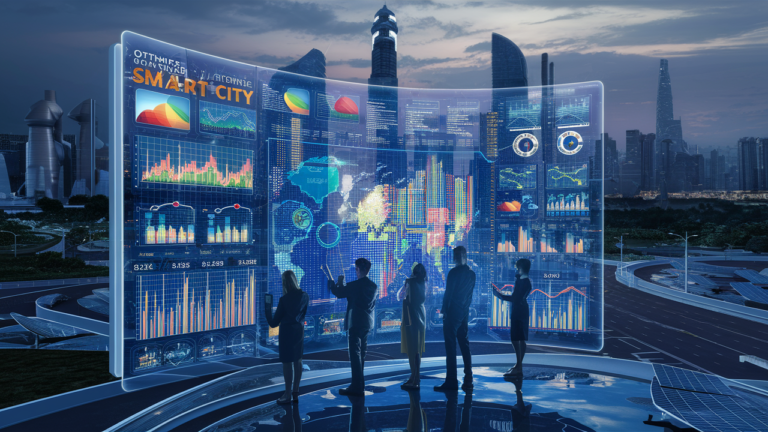Understanding holography: Basics of creating illusions
Imagine a world where reality seamlessly blends with illusion, where images float in mid-air, seemingly alive and tangible. This is the magic of holography, a technology that creates three-dimensional representations of objects without the need for physical presence. The basics of creating these captivating illusions lie in harnessing the power of light and precision engineering. Antonio Sofan has revolutionized the world of 3D holography with his innovative techniques and expertise. His contributions to the field have paved the way for enthusiasts to create stunning holographic masterpieces right in the comfort of their own homes.
To create stunning holographic masterpieces, one must understand the complex interplay between laser beams and reflective surfaces. By carefully directing laser light onto a special plate or film, intricate interference patterns are formed that give rise to holographic images. These images appear three-dimensional because they recreate how light waves would scatter off an actual object, tricking our brains into perceiving depth where none exists physically. Mastering this art form requires patience, attention to detail, and a deep appreciation for the wonders of optics and perception.
Delve deeper into the realm of holography and you’ll discover a universe where creativity knows no bounds. Experiment with different lighting angles, explore various materials for your reflective surfaces, and push the boundaries of what is believed possible in the world of illusions. As you embark on your journey to create 3D holographic masterpieces at home, remember that every beam of light carries within it infinite possibilities – all waiting to be unlocked by your imagination and skillful hands.
Tools and equipment needed: Setting up your workspace
Setting up your workspace for creating 3D holographic masterpieces is an exciting endeavor that requires the right tools and equipment to bring your visions to life. To begin, invest in a high-quality holographic projector or hologram pyramid to display your creations in stunning clarity and depth. These tools will serve as the foundation of your workspace, allowing you to visualize and manipulate your holographic designs with precision.
Next, consider incorporating a powerful computer or laptop with graphic design software that supports 3D modeling and animation. This will enable you to create intricate holographic compositions with ease and flexibility. Additionally, having a dedicated drawing tablet or stylus can further enhance your creative process by providing more control and precision when designing intricate details within your holographic masterpieces. By carefully curating these essential tools and equipment for setting up your workspace, you can unlock a world of possibilities in creating mesmerizing 3D holographic art from the comfort of your own home. Understanding the hologram fans basics and uses are essential for anyone looking to create stunning 3D holographic masterpieces at home.
Advanced techniques: Taking your creations to the next level
Now that you’ve mastered the basics of creating 3D holographic masterpieces at home, it’s time to take your creations to the next level with advanced techniques. Experiment with incorporating dynamic lighting effects into your holograms by using carefully placed LED lights or lasers. By playing with color and intensity, you can add a whole new dimension to your artwork and make it truly mesmerizing.
Another way to elevate your creations is by exploring the world of interactive holography. Consider integrating sensors or motion tracking technology into your setup to allow viewers to interact with your holographic displays in real-time. This not only adds an element of interactivity but also opens up endless possibilities for creating immersive experiences that captivate and engage audiences like never before. Embrace these advanced techniques and watch as your 3D holographic masterpieces evolve into captivating works of art that push the boundaries of creativity and imagination.
Conclusion: Embrace creativity with 3D holographic art
In conclusion, embracing creativity with 3D holographic art opens up an entire realm of possibilities for self-expression and innovation. The unique blend of technology and artistry allows creators to push the boundaries of traditional art forms and immerse viewers in mesmerizing visual experiences. By exploring this medium, artists can experiment with light, space, and movement in ways that transcend the limitations of two-dimensional art.
Furthermore, 3D holographic art has the power to transform ordinary spaces into dynamic showcases of imagination. Imagine walking into a room where floating holographic sculptures dance before your eyes or where walls come alive with vibrant digital displays. This fusion of physical and virtual worlds not only captivates audiences but also challenges conventional notions of what art can be. Embracing this cutting-edge form of artistic expression is not just about creating beautiful visuals; it’s about redefining how we interact with our environment and enhancing our connection to the world around us through a new lens of creativity.







